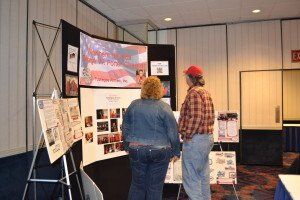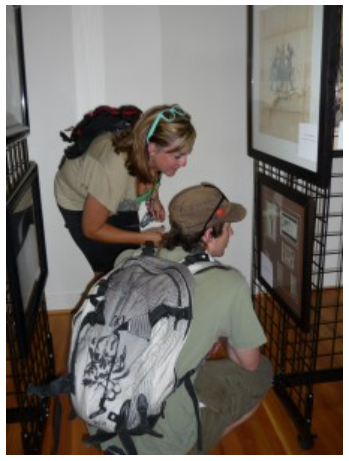
Chinese In Nevada
A mere twenty-one Chinese men lived in the western Great Basin in 1860. It was a humble beginning for immigrants who would compete for the title of largest immigrant group in nineteenth-century Nevada. One of the earliest descriptions of Chinese in the region places them in 1856 digging a ditch along the Carson River. Some of the immigrants remained in the area, working gold-bearing placer deposits. They became such a fixture there that people called the nearby community Chinatown before it officially took the name Dayton in 1861.
By 1870, the Chinese population had swelled to 3,156, but the demographic snapshot taken every decade certainly missed a greater presence only two years before. Thousands of Chinese had worked the Central Pacific portion of the transcontinental railroad as it charged across the Great Basin in 1868. Some stayed, but many left, invisible to the 1870 census. That year, all but three hundred Asians in Nevada were male. Because the Comstock miner’s unions prohibited Chinese from working underground, other communities tended to follow this direction. The immigrants consequently found employment limited, most working as laborers, laundrymen, woodcutters, cooks, and servants.
Numerically, the Chinese in Nevada were outdistanced only by people born in the United States and by the Irish.
The greatest concentrations of Chinese in 1870 appear in Storey and Ormsby Counties. Indeed, Virginia City and Carson City had well-developed Chinatowns with their own merchants, doctors, priests, and teachers. Other notable Asian populations were in the Truckee Meadows and in Humboldt and Elko Counties, along the route of the transcontinental railroad. In fact, Chinese workers went on to build many of the shortline railroads throughout Nevada. In Elko County’s mining camp of Tuscarora, the Chinese were a notable part of the population, remarkable in the state’s history for the number involved in mining.
The 1880 census recorded over 5,000 Chinese in Nevada, edging out the Irish for the title of most numerous foreign-born in the state. With nearly one thousand Chinese residents, Carson City had the largest Asian population in Nevada. Storey, Elko, and Eureka Counties had the next largest number of Chinese with more than six hundred each. Others were scattered throughout the state, although the echo of the railroad workers continued to reverberate in Washoe and Humboldt Counties.
Despite being numerous, the Chinese were not able to achieve a dominant role in society as the Irish, for example, had done. Vicious discrimination oppressed Asian immigrants in ways that generally exceeded racism directed at other groups. In most places in nineteenth-century Nevada, bigotry forced the Chinese into an economic and social position lower than that occupied by others including Native Americans, African Americans, and speakers of Spanish. The Chinese were deprived of a path to citizenship and of access to many jobs. The 1875 Page Law made it difficult for Chinese women to immigrate, forcing most Asian men, who were legally forbidden to marry into the Euro-American population, into life-long bachelorhood. An 1880 vote on whether to allow Chinese immigration underscores the animosity Nevadans felt towards Asians. The ballot issue could have no effect on federal law, but 17,259 voted against Chinese immigration, while only 183 voted for it.
Like many immigrants, the majority of Chinese in Nevada probably regarded themselves as sojourners who sought wealth before returning home. Also, like many others, whether immigrant or native-born American, few Chinese fulfilled this ambition. Most Chinese living in nineteenth-century Nevada remained for years, contributing to a prosperous economy as they added to the diversity of a complex state. For a number of reasons including the failure of the economy beginning in the 1880s, many Chinese eventually left Nevada, often retreating to the larger Asian communities in California. The railroads and towns they helped build survived as testaments to their efforts.
Learn More!
http://www.nevada-history.org/chinese.html




